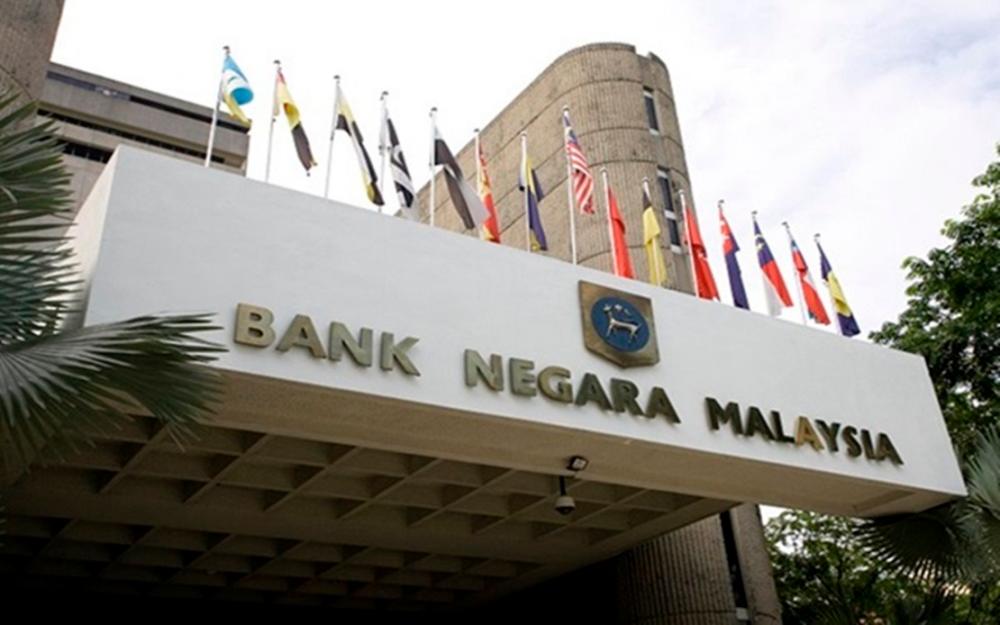KUALA LUMPUR: Solvency and liquidity stress tests continue to affirm that banks in the country remain highly resilient in the face of severe macroeconomic, financial and liquidity shocks.
Bank Negara Malaysia (BNM) said the latest macro solvency stress test was conducted in early 2024, covering a three-year horizon up to end-2026.
Under the severe shocks scenario, the aggregate banking system’s profitability and net interest income would decline sharply in the initial year of stress, the central bank said.
“However, net interest income is expected to gradually rebound in the subsequent years, leading to a recovery in profits and capital buffers,” it said in its Financial Stability Review for the second half of 2023 released today.
BNM said overall, the banking system’s capital ratio would remain above the regulatory minimum under the two hypothetical adverse scenarios used – the first (AS1) designed to test the resilience of financial institutions against a temporary but deep shock in economic conditions, and the other (AS2) to assess financial institutions’ ability to withstand a persistently challenging operating environment over an extended period.
It said the three banks that would breach the minimum regulatory capital requirements account for less than 2% of total banking system assets.
“To further stress the resilience of banks, additional liquidity shocks were applied to banks that incurred persistent losses or whose capital ratios dipped below regulatory minima.
“All banks maintained sufficient high-quality liquid assets (HQLA) to meet the heightened cashflow demands, with nine banks recording liquidity coverage ratio below 100% following the liquidation of their HQLA,” it noted.
BNM said under the three-year stress test horizon, the local banking system is projected to incur substantial losses arising mainly from credit risk and revaluation of securities held at the fair value through other comprehensive income (FVOCI).
The cumulative credit costs are estimated to be RM63.1 billion and RM70.8 billion under AS1 and AS2, respectively (or 53% and 57% of total losses).
“Losses from domestic banking groups’ overseas operations account for less than 20% of the cumulative credit costs, stemming primarily from defaults of large non-small and medium enterprises (SMEs),” BNM said.
Meanwhile, the stress test yield shocks are expected to cause sizeable revaluation losses for bonds in the FVOCI portfolio (RM54.7 billion or 45% and RM51.7 billion or 41% of total losses under AS1 and AS2 respectively), directly reducing the banking system’s capital buffers, it said.
In contrast, BNM said, market risk losses attributed to banks’ trading books are minimal, accounting for only about 2% of total losses, while losses from foreign exchange movements remain limited under both scenarios due to the relatively small net open positions of banks.
By the end of the stress horizon in 2026, the central bank said overall impairments are projected to rise to 7.8 and 8.6% of total banking system loans under AS1 and AS2 respectively, driven mainly by household impairments.
Meanwhile, BNM said 61% of the projected increase in business impaired loans under AS2 are attributable to non-SMEs, the bulk of which are borrower groups with pre-existing weak financials.
According to the report, the macro solvency stress test for insurers also incorporates identical AS1 and AS2 scenarios, with additional insurance-specific assumptions.
“Under both scenarios, the insurance sector is assessed to maintain an aggregate capital adequacy ratio (CAR) above the regulatory minimum. Market risk remains the key loss driver for both life and general insurers, as the rising bond yields and the weak equity market weigh on their significant holdings of financial assets.
“Notwithstanding this, the downward revaluation of liabilities due to the increase in bond yields is expected to partly cushion the impact on the CAR for life insurers,” it said. – Bernama










